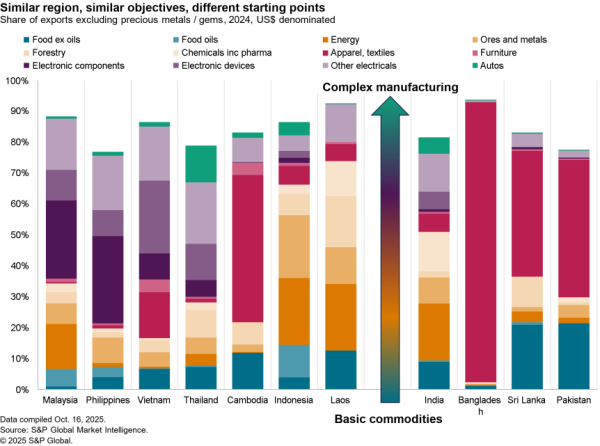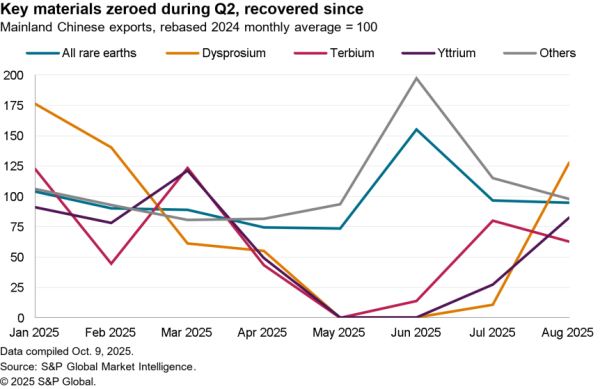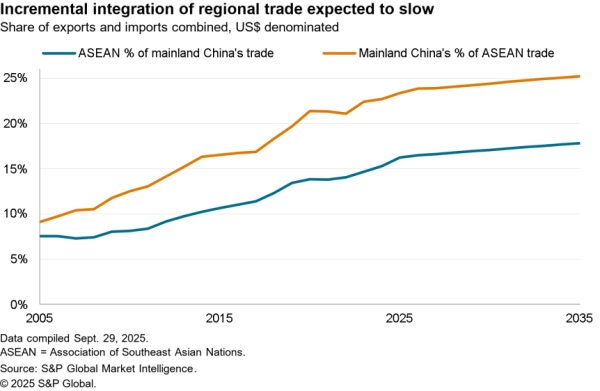The U.S. and China have struck another peace accord in the ongoing trade war following a meeting between President Donald Trump and President Xi Jinping according to a White House statement. The basic trade off, according to President Trump is that “We’re holding on tariffs and they’re going to buy farm products,” at an initial stage. The President also stated that the U.S. will provide China with “lists of things we’d like them to buy.”
In many regards that winds the clock back to Dec. 2018 at the prior G20 summit when the two President’s agreed to suspend tariff increases in return for further talks and concessions on agricultural purchases, as outlined in Panjiva’s research of Jun. 12.
Indeed, it also has echoes in the original May 2017 “100 day” deal struck at negotiations with Commerce Secretary Wilbur Ross that created a program of negotiations and agricultural purchases.
Panjiva analysis shows that the agricultural and food product exports from China to the U.S. have fallen by 70.9% year over year in the 10 months to Apr. 30, since tariffs were first applied. That accounted for $10.6 billion of lost exports.
The products that have seen the biggest dollar loss of exports over that time period – and therefore the key items in President Trump’s lists – include: soybeans with an 80.7%, or $8.70 billion decline; sorghum, down 98.8% or $830 million; wheat, which fell 93.9% or $160 million; salmon which has dropped by 58.0%, or $151 million; and alfalfa which has seen a 32.6% slide, or $85 million.

Source: Panjiva
The difference this time around is that detailed negotiations on a wider range of economic policies have been reached. Yet, Reuters suggests major law changes in China may not be forthcoming on state-owned enterprises while earlier commentary in the Chinese press suggests the Xi administration will resist verification efforts.
That leaves a central uncertainty for supply chains is that could soon change if a wide-ranging deal is not reached later in the year – though no timetables have been set – or if purchase commitments are not met resulting in a decline in the trade deficit.
Panjiva analysis of Chinese government data shows that exports to the U.S. in 3Q 2017 compared to a year earlier – following the 100 day talks – climbed 18.6% year over year and by 1.5% sequentially. In 1Q 2019, following the more recent December round of talks’ kick-off, there was a 31.7% year over year drop but a 89.0% sequential increase.
Nonetheless, the Chinese trade surplus versus the U.S. in the 12 months to May 31 reached $329.8 billion based on Chinese figures, versus $257.2 billion in May 2017.

Source: Panjiva
The terms agreed between the two parties also include a commitment by the U.S. to relax export limits for sales of technology equipment to Huawei, BBC reports, though purchases of 5G telecoms equipment by U.S. carriers is still prohibited. That’s unlikely to prove popular with China hawks in the U.S. administration, and raises the profile of technology manufacturing once again.
Ongoing negotiations could therefore be tripped up by bad news (for the U.S.) in high technology manufacturing being lost to other countries. One – albeit small and high profile example – is the decision by Apple to move the manufacturing of the new Mac Pro desktop computer to China from the U.S., with Quanta set to take on manufacturing, the Wall Street Journal reports.
U.S. exports of computers – across laptops, desktop and server type machines – have already begun to slow. Panjiva data shows imports in total reached $15.7 billion in the 12 months to Apr. 30 having grown 4.1% year over year compared to the same period a year earlier. Yet, in the three months to Apr. 30 there was a 0.3% decline.
The drop was the result of a 4.9% year over year slide in exports of desktop machines in the three months to Apr. 30 – the smallest of the three categories with $2.96 billion. Exports of laptop computers, worth $5.39 billion, fell 1.0% while servers and others – the largest segment at $7.36 billion – rose by 2.1%.

Source: Panjiva




